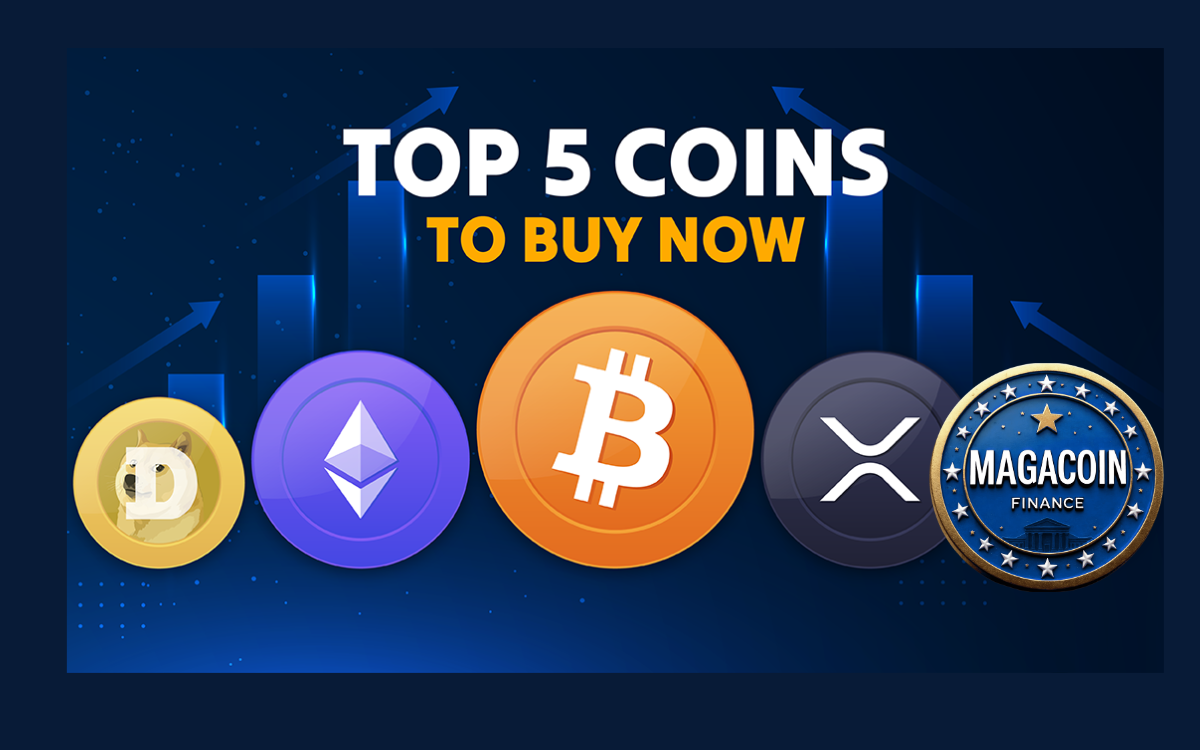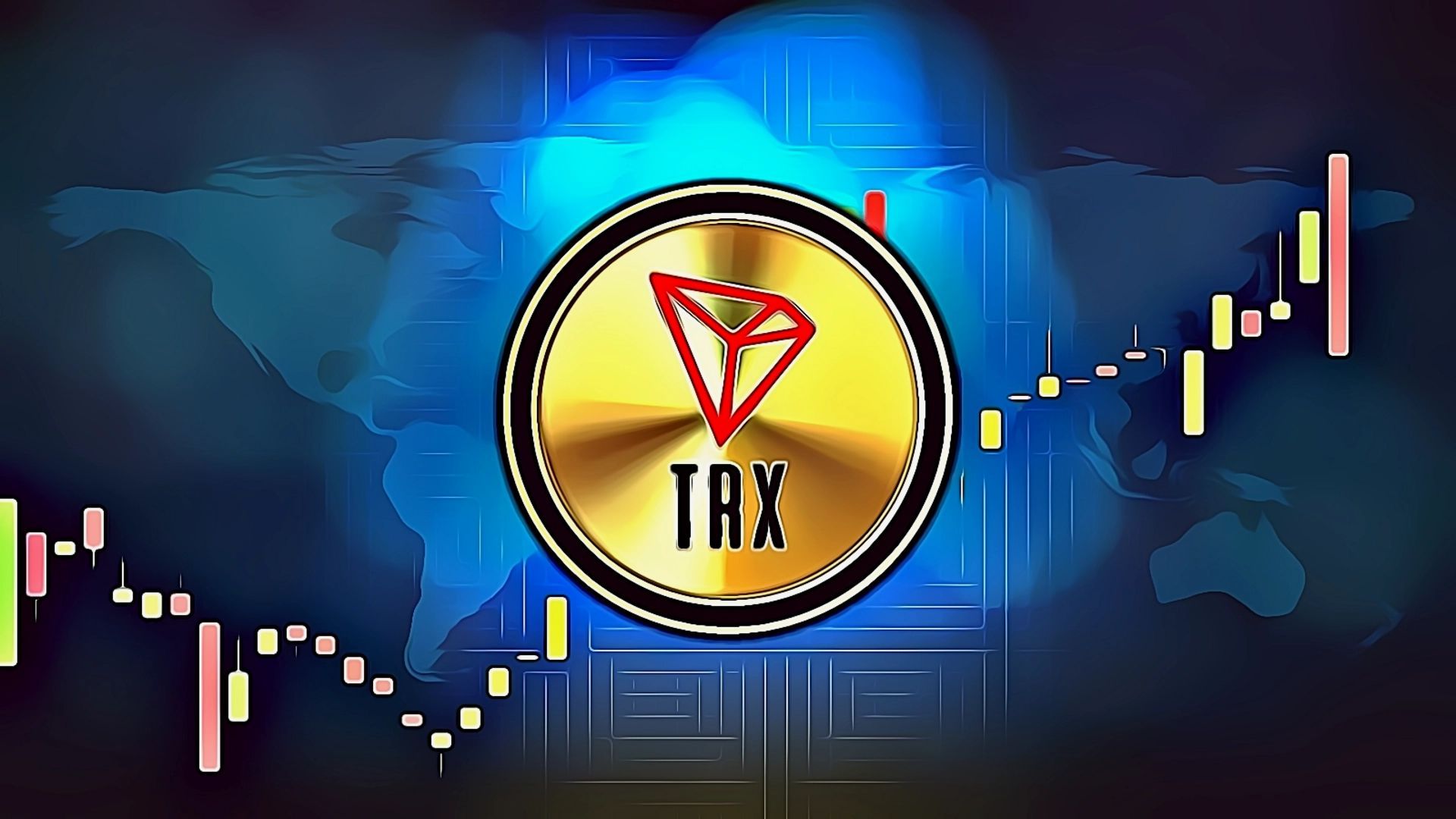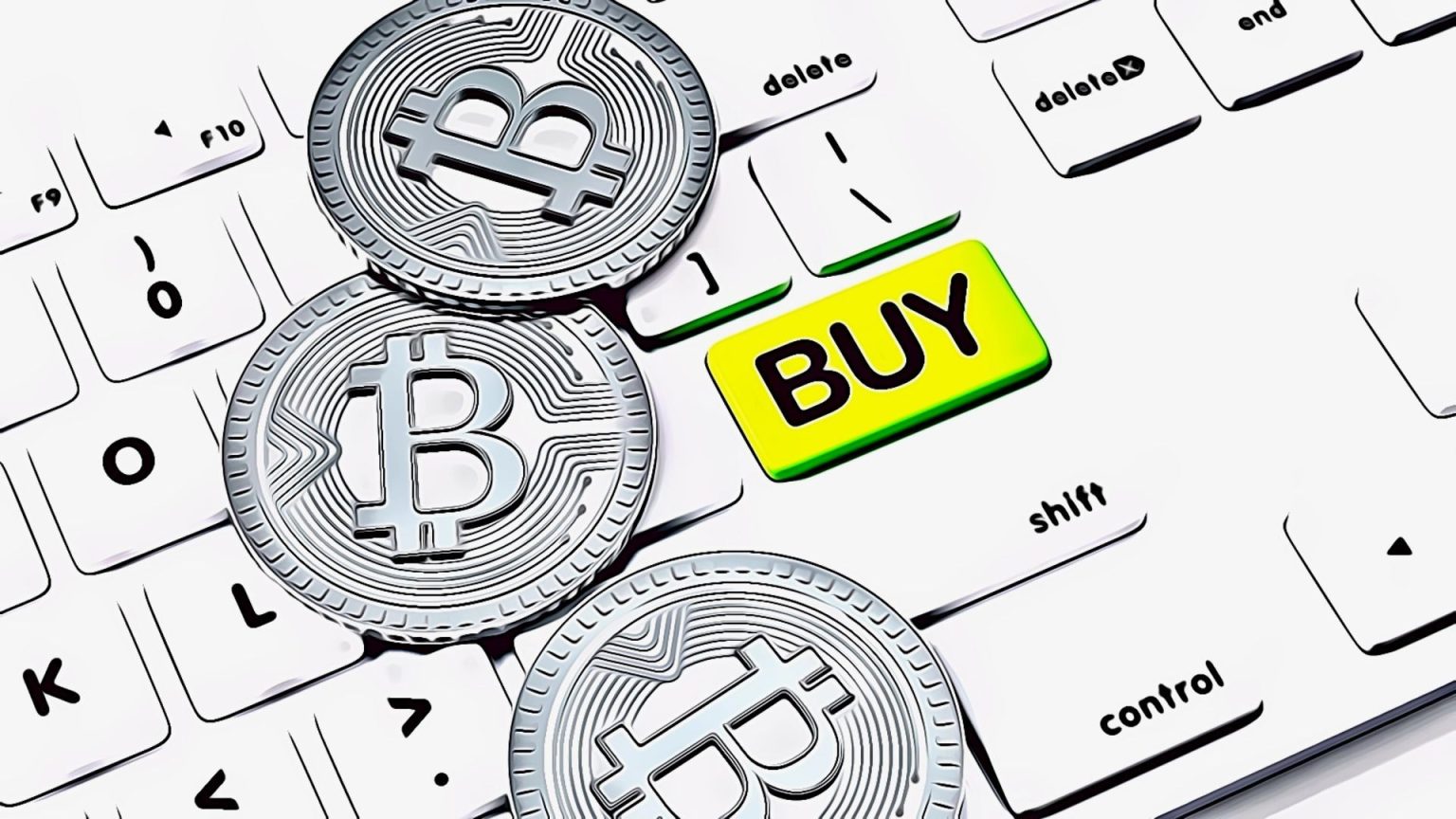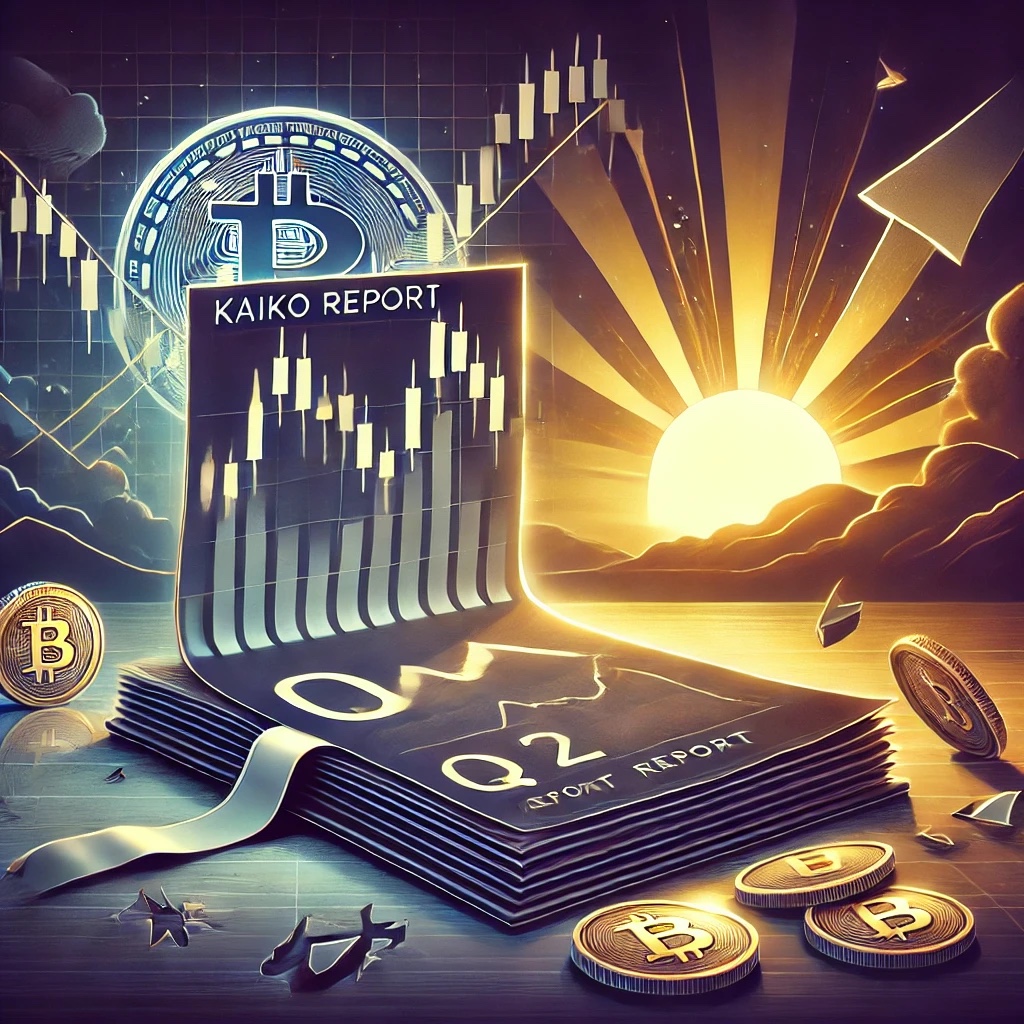
Ryan Cohen, the chairman and CEO of video retailer GameStop (GME), increased his stake in the company following the firm`s decision to add bitcoin (BTC) as a treasury reserve asset. According to a Thursday filing to the U.S. Securities and Exchange Commission (SEC), Cohen acquired an additional 500,000 shares of the company`s Class A common stock at $21.55 per share, totaling approximately $10.78 million.This purchase elevates Cohen`s total holdings to 37,347,842 shares, representing about 8.4% of GameStop`s outstanding shares, the filing shows. Cohen`s purchase comes on the heels of GameStop`s board approving a plan in late March to invest part of its cash pile in bitcoin. The firm also issued $1.5 billion in convertible notes to raise funds for its BTC acquisition plan. That capital raise closed earlier this week.GME shares are slightly up premarket trading after falling over 7% on Thursday as U.S. stocks plunged in reaction to President Trump`s tariff announcements.
CoinDesk
You can visit the page to read the article.
Source: CoinDesk
Disclaimer: The opinion expressed here is not investment advice – it is provided for informational purposes only. It does not necessarily reflect the opinion of BitMaden. Every investment and all trading involves risk, so you should always perform your own research prior to making decisions. We do not recommend investing money you cannot afford to lose.
Top 5 Crypto Picks Right Now: Bitcoin (BTC), Ethereum, and XRP

Market analysts continue to rally behind Bitcoin (BTC) , Ethereum , and XRP as essential components of any crypto portfolio right now. Their dominance in transaction volume, market cap, and ecosystem adoption remains unmatched. But while these titans hold steady, early investors are keeping a close eye on MAGACOINFINANCE , which is quickly shaping up as 2025’s unexpected standout. Other projects rounding out the top 5 include Cardano (ADA) , SUI , and Avalanche (AVAX) . All three are actively scaling their networks and drawing developer interest, keeping them relevant as the market resets for its next move. PRE-SALE SELLING OUT – CLICK HERE TO SECURE A SPOT NOW MAGACOINFINANCE – Quietly Becoming a Heavyweight What’s unfolding around MAGACOINFINANCE feels different. It’s not a hype cycle—it’s momentum earned by smart execution. With a current offering price of $0.0002804 and a locked-in listing at $0.007 , the numbers speak clearly: a 2,396% upside is built-in before it even hits exchanges. The MAGA50X token bonus adds a 50% increase to all token purchases. This opportunity disappears once supply runs out—there are no extensions or second chances. This is one of the few projects putting the community first from the start, and traders are recognizing the difference. Wallets are climbing fast, and social engagement is spreading like wildfire. LIMITED TIME OFFER-GET 50% EXTRA BONUS WITH CODE MAGA50X ADA, SUI, and AVAX Stay in Focus Cardano (ADA) builds with a focus on secure, decentralized governance. SUI trades around $2.65 , gaining ground among builders for its fast settlement model. Avalanche (AVAX) is valued near $18.18 , continuing to lead multichain dApp deployment. JOIN A BILLION DOLLAR PROJECT — THIS IS YOUR EARLY ENTRY BEFORE EXCHANGE LAUNCH Conclusion Bitcoin (BTC) , Ethereum , and XRP remain the anchors of the current market cycle. But as ADA , SUI , and AVAX strengthen their positions, all signs point to MAGACOINFINANCE as the most strategically positioned early-stage token available now. For more information on MAGACOINFINANCE and to participate in the pre-sale, visit: Website: magacoinfinance.com Twitter/X: https://x.com/magacoinfinance Continue Reading: Top 5 Crypto Picks Right Now: Bitcoin (BTC), Ethereum, and XRP CoinDesk

TRON and Bitcoin Outpace Ethereum and Solana in TVL Efficiency Per Protocol
In the DeFi world, total value locked (TVL) dominates the narrative. However, a look at TVL efficiency — the average capital allocated per protocol — reveals a different sort of story about ecosystem health and user conviction. DeFi may be the narrative driver, but from a basic investment allocation perspective, average capital efficiency is a better metric of ecosystem health. The most recent data show that the TRON network is currently the leader in total value locked (TVL) per protocol, with an average of $131 million per protocol. This is significantly ahead of all the other major blockchain ecosystems. In second place is Bitcoin, with an average of $83.4 million per protocol. Ethereum, despite having the most protocols by a large margin, comes in third with an average of only $33.7 million per project. And in a distant fourth is Solana, with an average of $29.0 million. TRON and Bitcoin lead in average TVL per protocol @trondao leads with $131M in TVL per protocol, followed by #Bitcoin , averaging $83.4M. @berachain also shows notable capital concentration, with $48.6M across its 53 protocols. @ethereum ecosystem, with 1,322 protocols, averages… pic.twitter.com/0Xvvl1Rneg — CryptoRank.io (@CryptoRank_io) April 9, 2025 This commonly ignored metric provides a clear image of capital efficiency, user distribution, and the selectivity with which funds are being deployed across ecosystems. Capital Efficiency Shifts the Narrative TRON’s outstanding status in average TVL per protocol is particularly remarkable, especially in light of the widespread belief that DeFi development is centered in Ethereum. Indeed, Ethereum is not only the leading DeFi network in terms of TVL but also in terms of the number of protocols built on it. Yet, spread across these 1,322 DeFi projects, Ethereum’s capital concentration is not nearly as great as that of TRON. And it’s not as if TRON has a massive number of protocols just sitting there. In fact, like many blockchains outside of Ethereum, TRON has a far smaller number of protocols, which means a far smaller number of DeFi projects. This indicates a DeFi landscape that is clearer and more concentrated on TRON, where a small number of very successful protocols generate a lot of liquidity. By contrast, the DeFi ecosystem on Ethereum is enormous. Its sheer size and the number of different types of projects across its many layers means that the average protocol on Ethereum has a much lower total value locked down in it than the average protocol on TRON. What gives? The second place of Bitcoin in the ranking may surprise some, as the network is classically not seen in the same light as Ethereum or Solana when it comes to DeFi. But recent activity around layer-2 solutions for Bitcoin and the development of DeFi protocols that operate directly on the Bitcoin blockchain have led to substantial inflows of capital. With relatively few of these types of platforms currently live and operational on the Bitcoin network, the really astounding thing is the average total value locked (TVL) per platform — about $83.4 million. Berachain, an up-and-coming player that has yet to leave the testnet phase, is already showing burgeoning signs of capital concentration. The project boasts a striking 53 protocols in its ecosystem. On average, those protocols hold a total value locked of $48.6 million each. If you look only at Berachain’s mainnet preparation, this number looks even better. Solana and Ethereum: Broad But Shallow? Although Solana’s throughput and popularity are high, its overall average total value locked (TVL) is not, landing at $29.0 million across its 210 protocols. And although Solana, like its predecessor Ethereum, has a wide assortment of applications that might suggest otherwise (everything from social dApps to DeFi to NFTs is being built on Solana), the reality is that TVL on Solana, on average, is locked in very few protocols.$ The low figure of TVL per protocol isn’t necessarily a bad thing; it can also be seen as an experimental ecosystem that’s rich and vibrant. Yet it’s hard to not think of it as questioning the balance between breadth and depth. Protocols with a low TVL run the risk of negotiating their way through a liquidity trap and retaining their users in times of hardship. At $33.7 million per protocol, Ethereum is just above Solana. This number still reflects a good amount of capital deployed and is an efficient capital use. But the amount deployed across the prototypes also shows the challenges that these upstream developers face in capital efficiency. What TVL Per Protocol Really Tells Us In the end, the metric that is average total value locked per protocol serves as quite a fresh angle to assess blockchain systems. TRON and Bitcoin tally up high averages and with them a very handful, indeed concentrated, assembly of projects that are purportedly receiving a strong commitment of capital. By contrast, Ethereum and Solana have on board swathes of fans, and they muster almost an entire army of developers in Ecosystem Land. People who invest in and develop DeFi are starting to look more closely at not just total capital but at how effectively that capital is being used. We hear a lot these days about efficiency, concentration, and protocol-level traction. These things are said to matter just as much, if not more, than TVL itself. Disclosure: This is not trading or investment advice. Always do your research before buying any cryptocurrency or investing in any services. Follow us on Twitter @nulltxnews to stay updated with the latest Crypto, NFT, AI, Cybersecurity, Distributed Computing, and Metaverse news ! CoinDesk











